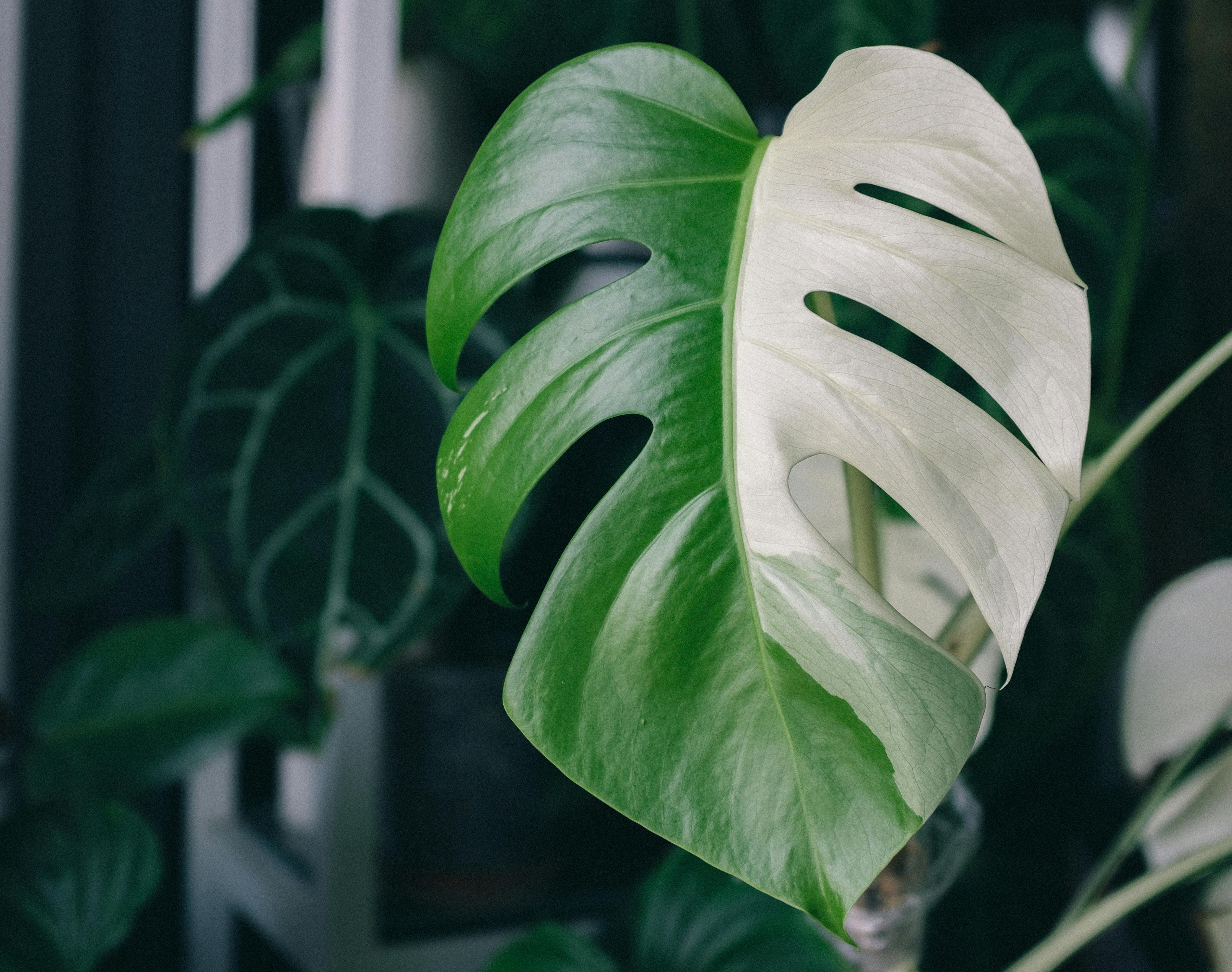Monstera Plant Care
Monstera plants, also known as the Swiss cheese plant, are popular houseplants that have been gaining popularity in recent years. The plant's unique appearance, with its large, perforated leaves, makes it an eye-catching addition to any home or office. In this post, we will take a closer look at the different kinds of Monstera plants and how to care for them to ensure they thrive.
Types of Monstera Plants
There are several different types of Monstera plants, each with its own unique characteristics. The most commonly grown varieties include:
Monstera deliciosa - This is the most well-known and widely grown variety of Monstera plant. It has large, glossy, heart-shaped leaves with distinctive perforations. The plant can grow up to 30 feet tall in its native habitat, but it typically reaches a height of 6 to 8 feet when grown indoors.
Monstera adansonii - Also known as the Swiss cheese vine, this plant has smaller leaves than the Monstera deliciosa and is better suited to growing as a trailing plant. It has a more delicate appearance, with elongated perforations in the leaves.
Monstera obliqua - This is a rare and highly sought-after variety of Monstera plant. It has smaller, more delicate leaves than other varieties, and the perforations are irregular in shape. The plant is difficult to propagate and can be challenging to care for, so it is not recommended for beginner plant owners.
Monstera borsigiana - This variety is similar in appearance to the Monstera deliciosa but is a smaller plant overall. It has slightly smaller leaves and grows more slowly, making it a good choice for smaller spaces.
Caring for Monstera Plants
Monstera plants are relatively easy to care for, but they do require some specific conditions to thrive. Here are some tips for caring for your Monstera plant:
Light - Monstera plants prefer bright, indirect light. They can tolerate some direct sunlight, but too much can scorch the leaves. If your plant is not getting enough light, it may start to droop or grow more slowly.
Water - Monstera plants like to be kept moist but not waterlogged. Water your plant thoroughly when the top inch of soil feels dry to the touch. Be sure to use a pot with drainage holes to prevent water from accumulating in the soil.
Humidity - Monstera plants prefer high humidity, so it's a good idea to mist them regularly or place them in a humid environment, such as a bathroom or kitchen. You can also use a humidifier to keep the air moist.
Soil - Monstera plants prefer well-draining soil that is rich in organic matter. You can use a standard potting mix, but be sure to add some perlite or sand to improve drainage.
Fertilizer - Monstera plants benefit from regular fertilization during the growing season. Use a balanced, water-soluble fertilizer every two weeks or so to promote healthy growth.
Pruning - Monstera plants can grow quite large, so it's a good idea to prune them occasionally to keep them in check. You can remove any yellow or brown leaves, as well as any growth that is becoming too leggy.
Propagation - Monstera plants are easy to propagate from stem cuttings. Simply cut a stem with a few leaves attached and place it in water or soil. Roots should start to grow within a few weeks, and once they are established, you can transplant the new plant into a pot.
Conclusion
Monstera plants are a popular choice for houseplants due to their unique appearance and relatively easy care requirements. By understanding the different types of Monstera plants and their specific care needs, you can ensure that your plant thrives and adds beauty to your home or office.
When choosing a Monstera plant, consider the space you have available and which variety will work best for your needs. Remember to provide plenty of bright, indirect light, keep the soil moist but not waterlogged, and maintain high humidity levels. With a little care and attention, your Monstera plant can grow into a beautiful, healthy specimen that will provide you with years of enjoyment.

Comments
Post a Comment